Your body experiences lots of changes as you age. While we expect these changes as we grow into adulthood, many of the changes our bodies experience as we age can go unnoticed! You might not be measuring your height against a wall or door frame anymore, but it’s important to pay attention to those changes. One change to watch out for: shifting teeth. Yes – your teeth can move as you age. Here’s what to watch out for and what to do about it.
Why Do Teeth Shift As You Age?
Even if you’re keeping to a strict schedule of regular brushing and flossing, your teeth change as you age. Don’t worry! There’s no predetermined birthday at which all of your teeth fall out at once. But your teeth experience tiny changes over a long life that add up. Some of the most common causes of teeth shifting with age include:
Teeth Grinding and Clenching Over Time
Grinding your teeth is usually a subconscious action that can occur throughout the day or in your sleep. As your teeth grind together or you clench your jaw, your molars are experiencing tremendous pressure. Eventually, those molars begin to shift and push your other teeth out of place. Grinding teeth and clenching jaws can also cause teeth to wear, chip, or break. Eventually, you may experience headaches, tooth sensitivity, and temporomandibular joint (TMJ) disorders and discomfort.
Bone Loss and Gum Recession
Ever wonder where the phrase “long in the tooth” came from? As you age, you may begin to experience a loss of bone or bone density – and your teeth are no exception. This bone loss can cause your gums to recede, ironically making your teeth appear to be longer. Over time, ligaments, gum tissue, and bone start to weaken, causing teeth to shift more easily. Generally speaking, lower teeth begin to shift before upper teeth and bump against your upper teeth when you’re chewing. This contact can wear away enamel and cause your top teeth to shift forward.
Preventing Your Teeth From Shifting
So that’s it, huh? Everyone’s teeth are going to shift as they age? Not necessarily. There are some steps you can take to prevent or delay your teeth from shifting.
Of course, the best safeguard against receding gum lines that cause teeth to weaken and shift is a good oral hygiene routine. Regularly brush your teeth, but don’t stop there! One of the best things you can do for gum health is to regularly floss. Receding gum lines are a huge risk to your oral health, causing plaque buildup between teeth that causes decay, cavities, and bone loss. Don’t let a bad oral hygiene routine become a ticking time bomb for your straight, healthy smile.
You can also talk to your dentist or orthodontist about restorative dentistry like veneers or crowns that can help prevent teeth from shifting. If you’ve had braces or other orthodontic work done before, wear retainers or other aligners as recommended by your orthodontist to keep your teeth in place. You can also ask your dentist or orthodontist about getting fitted for a mouthguard to wear at night to prevent yourself from subconsciously – and unconsciously – damaging your teeth by grinding or clenching them in your sleep.
Treating Shifting Teeth
If you’ve noticed your teeth beginning to shift, call your orthodontist right away. With a regular dental and orthodontic check up schedule, you should be able to catch these issues before they become a major problem. Your orthodontist can recommend a treatment plan to correct any shifting that has already occurred and prevent further shifting as you age.
Lifelong Support from Hodge Orthodontics
At Hodge Orthodontics, we treat patients of all ages. Our priority is your straight, healthy smile – for a lifetime! Our award-winning team can help you keep up with the best oral hygiene practices, straighten your smile for better aesthetics and oral health, and make a plan to keep your teeth healthy and straight for the long haul. Contact us today to schedule your consultation!
